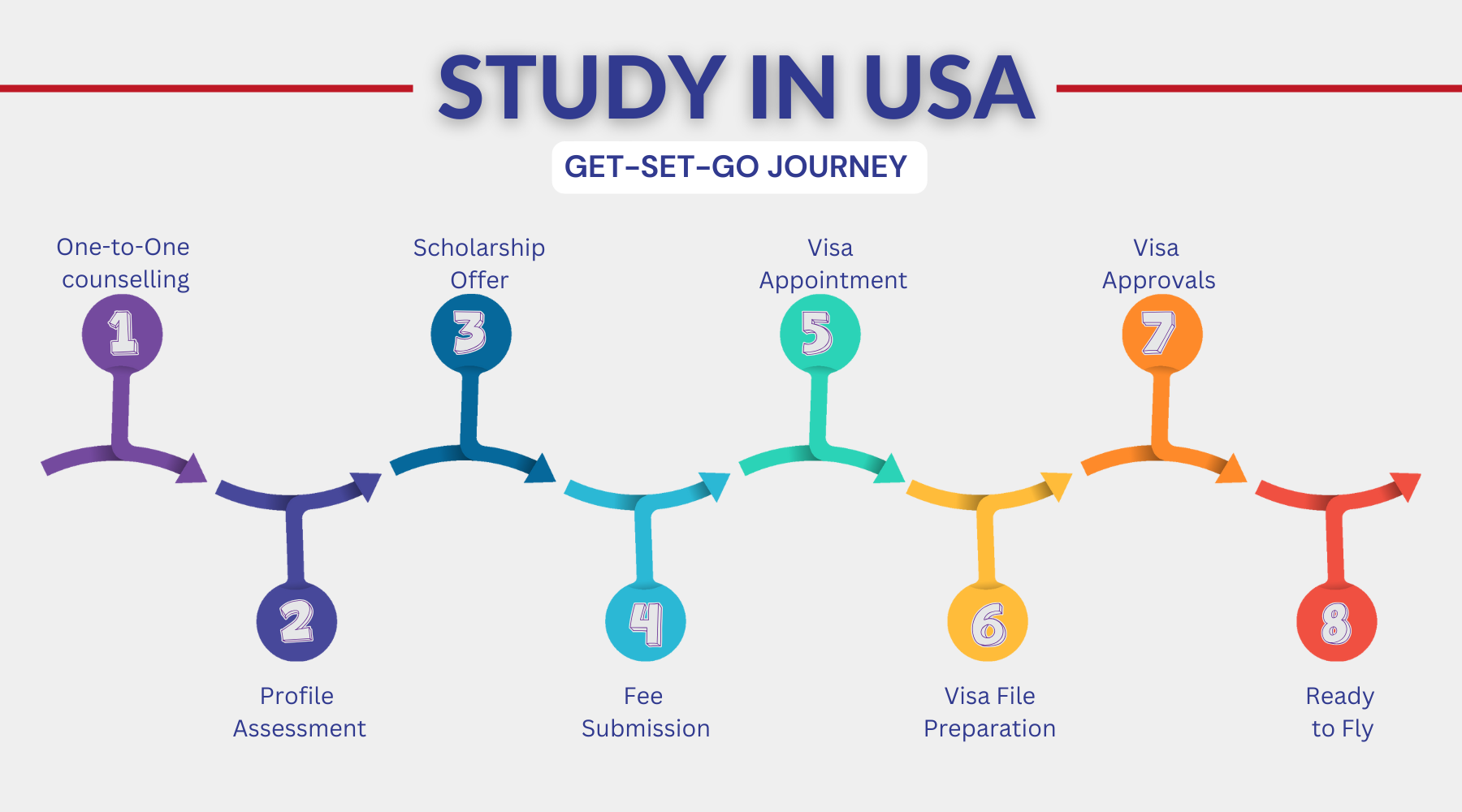
About USA
The United States of America (USA) is a vast and diverse country in North America, known for its global influence in politics, economy, and culture. Comprising 50 states, it is the world’s third-largest nation by land area and population. Founded in 1776 after gaining independence from Britain, the U.S. grew into a superpower through industrialization, innovation, and immigration. It has a mixed cultural identity shaped by Native American heritage, European colonization, African American history, and waves of immigrants from around the world. The U.S. economy is the largest globally, driven by technology, finance, and entertainment, with cities like New York, Los Angeles, and Silicon Valley serving as major hubs. Politically, it operates as a federal republic with a democratic system, balancing power between the president, Congress, and the Supreme Court. Famous for its landmarks, such as the Statue of Liberty and the Grand Canyon, as well as its global cultural exports—from Hollywood to pop music—the USA remains a key player in international affairs. Despite challenges like political divisions and social inequality, it continues to attract millions seeking opportunity and freedom
Top Universities
Why Study In The USA?
1. World’s best universities & academic excellence
- 8 of the Top 10 Global Universities (QS/THE Rankings) are in the U.S. (MIT, Harvard, Stanford, etc.).
- Cutting-edge research with Nobel laureates, advanced labs, and industry collaborations (e.g., NASA, Silicon Valley).
- Flexible education: Switch majors, take interdisciplinary courses, and design your own degree path.
2. Unmatched Career Opportunities
- Internships & OPT Work Visa:
- CPT (Curricular Practical Training): Work during studies.
- OPT (Post-Study Work): 1–3 years (STEM graduates get 3 years).
- Strong industry ties: Tech (Google, Apple), Finance (Wall Street), Healthcare (Johns Hopkins, Mayo Clinic).
- Higher earning potential: U.S. graduates earn 2–3x more than in many countries.
3. Diverse & Innovative Learning Environment
- 5000+ universities offering specialized programs (e.g., AI, Space Tech, MBA) while study in USA.
- Liberal arts education: Develop critical thinking beyond textbooks.
- Multicultural campuses: Connect with students from 150+ countries.
4. Scholarships & Financial Support
- $42 billion in scholarships yearly (merit/need-based).
- Fulbright, Hubert Humphrey, and university-specific aid (e.g., Yale, Stanford).
- TA/RA positions: Earn while studying (covers tuition + stipend).
5. Vibrant Student Life & Cultural Experience
- Iconic cities: New York, LA, Boston—blend learning with entertainment.
- Campus culture: Sports (NCAA), fraternities, hackathons, and global student clubs.
- Travel & exploration: From Grand Canyon to Broadway!
6. Pathway To U.S. Residency
- H1B Visa: Employer-sponsored work permit.
- EB-2/EB-3 Green Cards: For skilled professionals.
- Networking: Alumni networks (e.g., Harvard, Stanford) open global doors.
7. Support For International Students
- F-1 Visa benefits: Work part-time, bring dependents (F-2 Visa).
- Dedicated international offices: Visa help, career counseling, and cultural adaptation.
Frequently Asked Question (FAQ) Study In USA
1. Q: What makes the USA a top study destination?
✅ World-class universities (8 of top 10 globally)
✅ Flexible education system (change majors, interdisciplinary studies)
✅ Strong career prospects (3-year OPT for STEM, high graduate employability)
✅ Diverse cultural experience (students from 200+ countries)
2. Q: What are the entry requirements?
- Undergraduate: High school diploma, SAT/ACT, TOEFL/IELTS, essays, recommendation letters
- Graduate: Bachelor’s degree, GRE/GMAT (varies), SOP, work experience (for MBA)
3. Q: When should I apply?
- Early Decision: Nov 1 (binding)
- Regular Decision: Jan 1–15
- Rolling Admissions: Varies (apply early!)
4. Q: Can I apply without SAT/GRE?
Yes! 1,800+ schools are test-optional (e.g., NYU, UChicago). Alternatives: Strong GPA/extracurriculars.
5. Q: Are there scholarships?
Yes! Options include:
- Merit-based: Up to full tuition (e.g., USC Scholarships)
- Need-based: Ivy Leagues offer 100% aid if admitted
- External: Fulbright, AAUW, Aga Khan
6. Q: What are F-1 visa requirements?
- I-20 from university
- Proof of funds ($25K+/year)
- SEVIS fee ($350)
- Visa interview (show ties to home country)
7 : Can I work on an F-1 visa?
- On-campus: 20 hrs/week
- CPT: Paid internships during studies
- OPT: 1–3 years after graduation
8. Q: Can I bring my family?
Yes (F-2 visa), but they cannot work.
9. Q: What’s campus life like?
- Clubs: 500+ organizations (robotics, debate, cultural groups)
- Sports: NCAA leagues, intramurals
- Housing: Dorms, apartments, or homestays
10. Q: How safe are US campuses?
Very safe! Most have 24/7 security, emergency alerts, and shuttle services.
11. Q: Can I stay after graduation?
- OPT: 1 year (3 for STEM) → H1B visa → Green Card
- EB-2/EB-3: For skilled professionals
12. Q: Which degrees have the best job prospects?
- Computer Science (90% employment)
- Engineering (85%)
- Business Analytics (80%)
